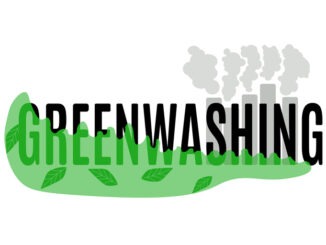The EU’s Green Claims Directive is poised to reshape how businesses communicate their environmental commitments, with potential legal ramifications for SMEs serving EU markets. With transparency regarding environmental impact increasingly influencing customer decisions, it’s essential for dealers planning business expansion to stay informed
The EU’s Green Claims Directive aims to combat greenwashing in customer-facing messaging, carrying potential legal implications for SMEs serving EU customers. Even if your business doesn’t presently serve EU customers, with the Directive looking increasingly likely to be passed into law later this year, grasping these regulations is essential for dealers planning business growth in the upcoming year.
What is the Green Claims Directive?
Transparency regarding environmental impact increasingly influences customers’ decisions, making it imperative for businesses to stay informed and compliant. The Green Claims Directive lays out a set of minimum criteria that businesses must comply with when it comes to supplying customers with information about the sustainability and environmental benefits and impact of their products and services. This includes compliance with three specific areas of criteria: clear communication, adequate evidence of claims and the appropriate use of environmental labelling and information.
What constitutes a Green Claim?
As dealers strive to ensure all environmental information is clear and accurate, as well as accessible to customers, the Green Claims Directive ensures that this information is comparable and verifiable. Green Claims are any messaging that promotes or implies a product as having a positive impact – or no negative impact – on the environment, or a lower impact than that of competitor products or brands.
What information is included in the criteria?
Carbon offsetting claims: The directive requires businesses to disclose details of carbon credits whenever they form part of a climate-related claim. Carbon credits used by companies for their residual claims must be issued in accordance with the recently agreed EU Carbon Removal Certification Framework Regulation (CRCF). Moreover, it’s anticipated that forthcoming claims regarding ‘future environmental performance’ will necessitate alignment with the framework outlined by the European Sustainability Reporting Standards (ESRS). These standards entail comprehensive guidelines for disclosing climate targets and carbon credit usage, posing a significant challenge for dealers seeking to make claims related to offsets.
Environmental claims and labels: The directive puts an increased focus on any environmental claims being based on future environmental performance. Information used to evidence environmental claims needs to be based on independent, peer-reviewed, robust and verifiable scientific evidence (in addition to being widely recognised), taking into account “Union or international standards”.
Online platforms: It is expected that the GCD will lay out stringent rules when it comes to claims made about products via marketing or sales online platforms. Dealers which trade with EU customers through online platforms should seek to put into place systems and policies which govern how environmental claims are communicated and monitored online.
While the directive has yet to pass through EU Parliament – and is unlikely to do so until June 2024 – given the wide-reaching consequences described above, companies should continue to watch this space and track the development of the GCD.



Be the first to comment